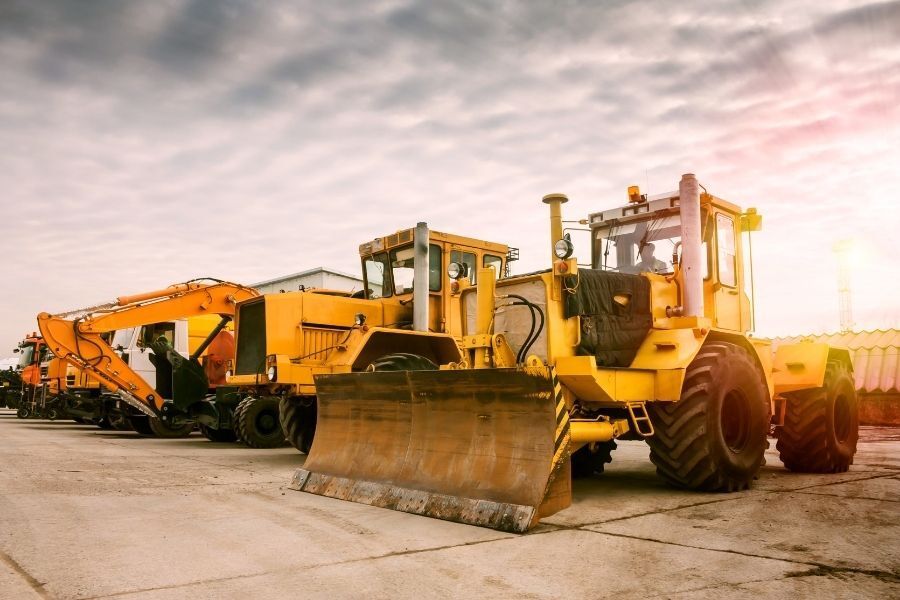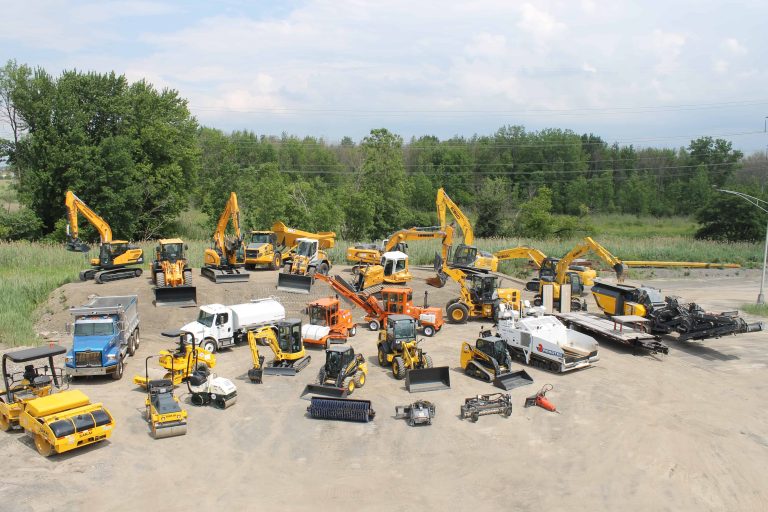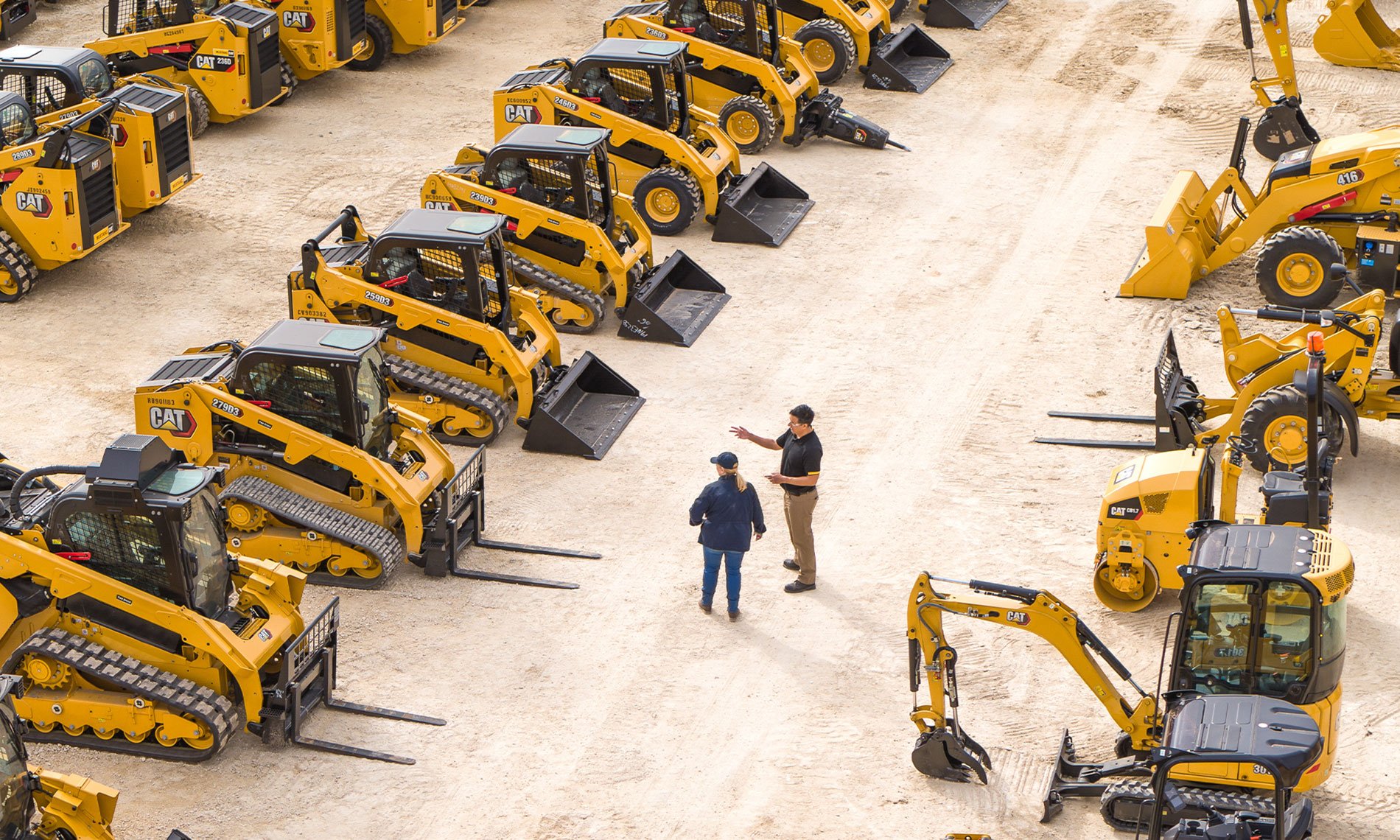Heavy Equipment Rental: Huge Equipment for Any Type Of Construction Job
Heavy Equipment Rental: Huge Equipment for Any Type Of Construction Job
Blog Article
Optimize Your Budget Plan by Recognizing the Prices Related To Building Equipment Services
Comprehending the complete scope of expenses linked with construction tools leasings is critical for maximizing your budget plan. What approaches can be employed to efficiently manage these costs and make certain a more reliable rental experience?
Overview of Rental Prices
When thinking about construction equipment services, comprehending the connected expenses is vital for reliable budgeting and project preparation. Rental expenses can differ substantially based on a number of elements, including equipment kind, period of leasing, and location. The initial rental charge often shows the tools's market demand and its linked operational abilities, influencing the general cost.
Along with the base rental price, ancillary expenses might arise, such as transport charges, gas surcharges, and maintenance fees. It is necessary to represent these extra expenditures to accurately evaluate the complete price of renting devices. The rental duration can influence rates; longer rentals might certify for affordable prices, while short-term rentals may sustain higher daily charges.

Break Down of Rental Rates
An extensive understanding of rental rates is vital for professionals and job supervisors intending to maximize their budgets. Rental prices for building and construction tools commonly contain numerous elements, including base rates, time-based costs, and use charges.
Base rates are the core costs connected with the leasing of the devices, frequently determined by the kind and dimension of the equipment. These rates can vary significantly, affected by aspects such as devices demand, accessibility, and local market trends. Time-based costs, which might be daily, weekly, or monthly, serve to fit different task timelines and rental durations.
Additionally, rental prices may include usage costs, which are suitable when equipment is made use of beyond a defined limit, making sure that the rental company can make up deterioration. Seasonal need changes can additionally impact rental rates, with peak building seasons commonly commanding higher rates.
Additionally, understanding the rental business's policies relating to upkeep and insurance coverage can offer further insight right into the general price framework. By analyzing these elements, contractors can make educated decisions, guaranteeing the option of rental devices straightens with both project demands and spending plan restraints.
Added Charges to Take Into Consideration
Comprehending the complexities of extra costs is crucial for professionals to manage their general leasing costs properly. Past the standard rental prices, various supplemental fees can dramatically impact the total cost of equipment rental. These fees frequently include shipment and pickup charges, which can vary based upon range and logistics included in delivering the tools to and from the task site.
Furthermore, some rental companies might enforce gas surcharges if the equipment is returned with less gas than when review rented out. It is likewise vital to be mindful of possible cleansing charges, particularly for specialized tools that calls for complete maintenance after use.

Thoroughly examining the rental contract and clarifying these added charges upfront can aid specialists make certain and prevent unanticipated expenses that budgets continue to be undamaged throughout the project lifecycle.
Upkeep and Repair Expenditures
Regular upkeep and repair work expenditures are frequently forgotten aspects that can significantly influence the total cost of building and construction devices services. When renting tools, it is crucial to take into consideration not only the rental charges yet also the prospective prices linked with keeping the equipment in optimum operating condition.
Lots of rental firms include fundamental upkeep as part of the rental contract; nevertheless, extra comprehensive fixings or unanticipated breakdowns can cause added costs. It's essential to evaluate the rental agreement meticulously to recognize what maintenance services are covered and what responsibilities fall on the tenant.
In addition, tools that is not well-maintained can lead to inefficiencies at work website, possibly triggering hold-ups and boosting project prices. To minimize these threats, it is suggested to perform normal inspections and maintain open interaction with the rental company relating to any type of problems that occur during use.
Insurance and Liability Costs
Insurance policy and responsibility prices are essential parts that can significantly affect the general expenditure of building and construction equipment leasings (rental company near me). These expenses guarantee that both the rental company and the client Recommended Reading are protected from possible monetary losses arising from crashes, damages, or theft during the rental duration

In addition, clients should be aware of any kind of deductibles or exclusions in the insurance coverage, as these can influence prospective out-of-pocket expenditures. Understanding the terms of any insurance policy protection is crucial to avoid unforeseen prices. Ultimately, budgeting for insurance coverage and liability costs can assist ensure a smoother rental experience and secure versus economic risks related to construction projects.
Verdict
In conclusion, a comprehensive understanding of the costs associated with building and construction tools leasings is important for effective budget administration. Ultimately, educated decision-making regarding equipment services adds to the general success of building and construction endeavors.
Rental prices can differ substantially based on several factors, consisting of devices type, duration of service, and place (aerial lift rental). The construction machinery and equipment rental duration can impact rates; longer leasings may certify for discounted prices, while short-term rentals may sustain greater daily costs
By carrying out comprehensive study and engaging with trusted rental firms, specialists can effectively browse the complexities of rental prices, ultimately maximizing their economic sources.
Past the conventional rental prices, different auxiliary fees can dramatically impact the complete cost of devices service. Rental companies commonly provide obligation insurance that covers injuries to third events or damages to residential property, while equipment damage insurance policy can cover the price of repair services or replacement if the rented devices is damaged.
Report this page